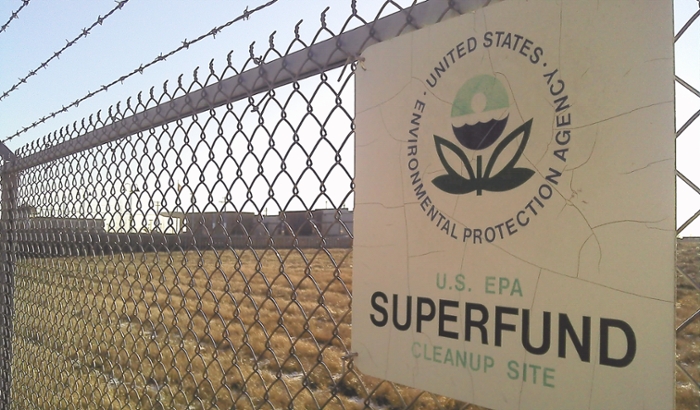The Cognitive Consequences of Superfund Sites
Research traces the cognitive effects of pre-natal exposure to hazardous waste sites
Get all our news

IPR researchers have captured the short- and long-term cognitive effects of prenatal exposure to Superfund sites.
Children who live near hazardous waste sites can benefit from environmental cleanups, suggests one of the first large-scale studies to examine the short and long-term effects of prenatal exposure to Superfund sites on brain development.
The research team, led by IPR Director and education economist David Figlio, compared siblings living within two miles of a toxic waste site at birth. At least one of the siblings was conceived before or during cleanup of the site; the other was conceived after the cleanup was finished.
Children who were conceived before or during the remediation showed lower test scores and were more likely to repeat a grade, have lower test scores or be suspended from school than their siblings conceived after a cleanup, according to the working paper, “Inequality Before Birth, The Developmental Consequences of Environmental Toxicants.”
“People tend to think that environmental factors start playing a role in children’s lives once they’re born,” said Figlio, Orrington Lunt Professor of Education and Social Policy. “But more commonly, we’re finding that the air mom breathes and the water she drinks are also affecting her child in utero.”
The study was coauthored by Figlio, Claudia Persico of the University of Wisconsin-Madison and a graduate of SESP’s Human Development and Social Policy doctoral program, and Jeffrey Roth of the University of Florida.
The team analyzed linked birth certificate and school records for every child born in Florida between 1994 and 2002 and educated in public schools from 1996 through 2012.
By comparing siblings, the researchers controlled for factors such as parenting quality, home environment, or moving away from the toxic site. The team assumed the only variable was the cleanup of the Superfund site.
“We threw all of our ammunition at this problem to be sure that toxic waste is the thing affecting cognitive development,” Figlio said. “And we are able to point to a critical period in a child’s life when this is happening.”
The team also discovered that children conceived by mothers living within one mile of a Superfund site before it was cleaned were 10 percent more likely to be diagnosed with a cognitive disability. Once the site was cleaned, test scores dramatically improved and rates of new disability were cut in half.
Since 1980, the Environmental Protection Agency has identified more than 15,000 Superfund sites. Census data show that low-income families are more likely to live near these polluted locations.
“Understanding the link between proximity to Superfund sites and cognitive development is important to drive momentum toward prioritizing site cleanup, but it also makes a good financial and policy argument,” Figlio said.
“Even if we don’t consider the well-being of these kids, a typical Superfund cleanup will pay for itself in 38 years in terms of reduced special education costs alone,” Figlio said.
This story originally appeared on the School of Education and Social Policy website.
Photo courtesy of Wikimedia Commons.
Published: May 2, 2017.